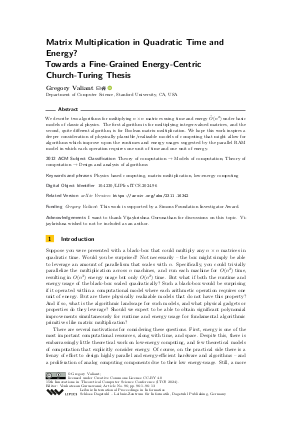LIPIcs.ITCS.2024.96.pdf
- Filesize: 1 MB
- 13 pages

 Creative Commons Attribution 4.0 International license
Creative Commons Attribution 4.0 International license















Feedback for Dagstuhl Publishing